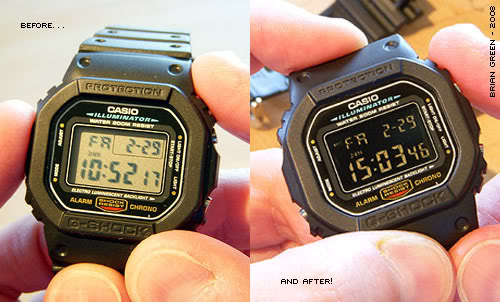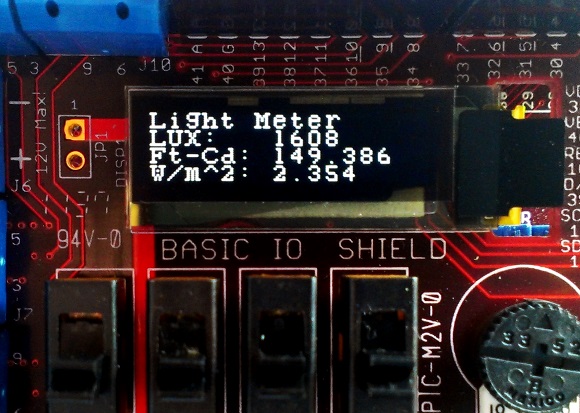Back when Iron Man 2 and The Avengers were out in theaters, the Hackaday tip line couldn’t go a week without an arc reactor build being submitted. In keeping with the Internet’s fascination with blinkey glowey things, we expected a huge influx of arc reactors for our Sci-Fi contest. We were pleasantly surprised: all the submissions from the Marvel universe are top-notch, and the two Iron Man entries we have are simply amazing.
Motorized Helmet
 [James Bruton] is working on a replica of the Iron Man movie helmet, complete with a motorized face plate, light up eyes, and an OLED display for a reasonable facsimile of the horribly unrealistic on-screen heads-up display.
[James Bruton] is working on a replica of the Iron Man movie helmet, complete with a motorized face plate, light up eyes, and an OLED display for a reasonable facsimile of the horribly unrealistic on-screen heads-up display.
While a few bits and bobs of the mechanics were 3D printed, [James] is making the majority of the helmet just as how the on-screen version was made. The helmet was first carved out of sheet foam, then molded and cast into very strong rigid fiberglass. [James] put up a great tutorial series on how he did this and other parts of his Iron Man costume.
Anamatronic
 The other Iron Man costume from [jeromekelty] and [Greg Hatter] doesn’t stop at just the helmet. They’re doing everything: shoulder-mounted rocket pods, hip pods, forearm missiles, back flaps, and boots with a satisfying electronic kerthunk sounding with every step.
The other Iron Man costume from [jeromekelty] and [Greg Hatter] doesn’t stop at just the helmet. They’re doing everything: shoulder-mounted rocket pods, hip pods, forearm missiles, back flaps, and boots with a satisfying electronic kerthunk sounding with every step.
Inside the custom molded suit are at least four Arduinos, four XBees, an Adafruit WaveShield, and at least 20 servos for all of the Iron Man suit components. The mechanics are actuated via RFID with a tag in a glove; when the wearer waves their hand over some part of the suit, one of the mechanical features are activated.
It’s impressive to say the least, and one of the best documented projects we’ve seen in the Sci-Fi contest.
There’s still time to put together your own Sci-Fi project for the contest. Grab your soldering iron and fiberglass resin, because there’s some seriously great prizes up for grabs.

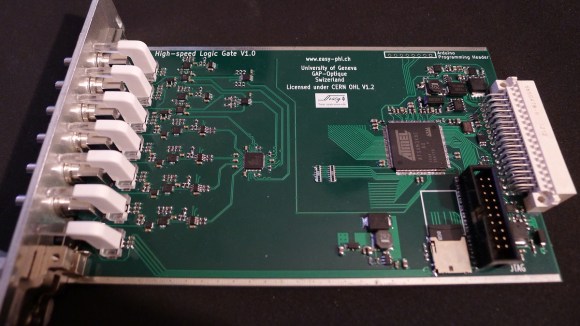
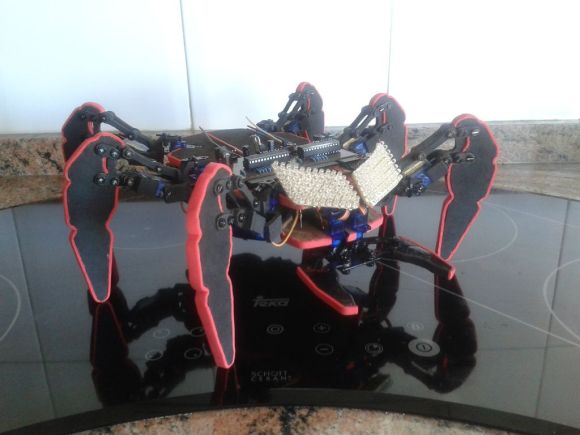
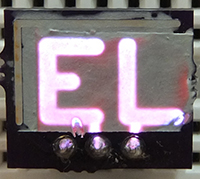 Elecrolumiscent displays have seen a huge swing in popularity recently, but only in limited forms like EL wire or flat EL panels. You can, of course, cut and bend these wires and panels to suit any purpose, but custom shaped EL displays are just the bee’s knees. They’re not hard to fabricate, either: with cheap custom PCBs,
Elecrolumiscent displays have seen a huge swing in popularity recently, but only in limited forms like EL wire or flat EL panels. You can, of course, cut and bend these wires and panels to suit any purpose, but custom shaped EL displays are just the bee’s knees. They’re not hard to fabricate, either: with cheap custom PCBs, 
